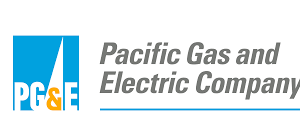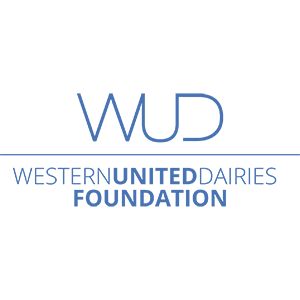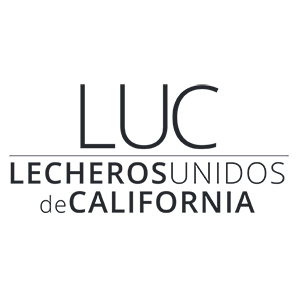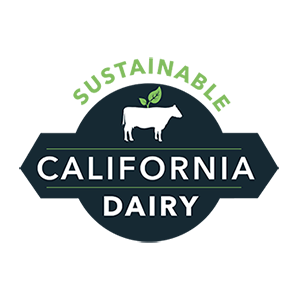Anja Raudabaugh, Western United Dairies CEO
Last Friday, Governor Gavin Newsom unveiled his latest budget spending plan which allocates a record $300.7 billion state budget. The Governor and State Lawmakers have less than a month to reach an agreement on how they should spend the unprecedented sum of money– an exercise in both horse–trading and compromise.
The record–breaking updated budget proposal Governor Newsom unveiled buoyed a staggering $97.5 billion “surplus”, a sum larger than the operating budgets of most states and significantly higher than the $76 billion windfall previously predicted in January. State lawmakers, who have their own budget priorities, have until June 15 to send a balanced plan to the Administration’s desk for the fiscal year that begins in July.
The State budget surpluses are heavily dependent on capital gains tax revenues which are volatile and ebb and flow quickly depending on the economic outlook. The Governor noted that taxes on capital gains – often on real estate and stock market – made up the highest percentage of personal income taxes collected by the state since 1999, right before the dot–com bust that cratered the economy and set off a decade of budget deficits. A host of external factors, including persistent global supply chain bottlenecks, international economic sanctions in response to the Russian invasion of Ukraine, tighter monetary policy, and persistently high inflation. The analysis also noted that California could see accelerated economic recovery if those conditions improve.
A taxpayer protection measure called the “Gann Limit” – a relatively obscure voter–approved constitutional amendment passed in 1979 which limits the growth of expenditures for publicly funded programs. While there is momentum to modify the rule via a 2024 ballot measure the Governor on Friday also floated the idea of asking voters to expand the size of California’s “rainy day fund” – which would constrain the ability for the state to over-commit itself to long–term spending obligations.
Items in the Governor’s May Revise that WUD members and stakeholders will find interesting and beneficial include:
- $243 Million for Demand Reduction of Groundwater in High Priority GSA’s. Click HERE
- $48 Million for Livestock Methane Emissions Reduction Incentive Funding
- $150 Million for the Agriculture Emissions Reductions Program (FARMER)
- $45 Million to create a CA Healthy School Meals Pathway Program in the foodservice industry focusing on reefer space for additional dairy products
- $400 Gas tax rebate for each eligible owner of a registered vehicle with a cap of two vehicles (excludes fleet and corporate-owned values/vehicles over a certain value)
- 1-year pause, starting October 1st, on a 3.9% tax increase on diesel fuel
- $1.2m over two years to assist CDFA in animal mortality incidents/rendering emergencies










